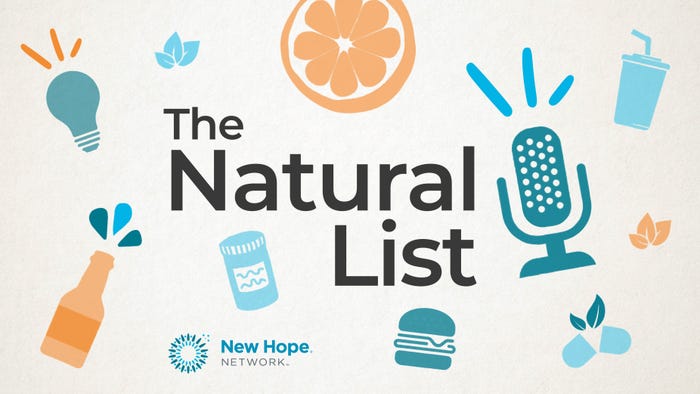July 27, 2020

Natural Foods Merchandiser: How do I know if oats are safe from mycotoxins?
Retailer: Mycotoxins…are those pesticides?
NFM: No, they are toxins from molds that can grow on oats. I’ve read that they are tough to get rid of once they form.
Retailer: Yuck. Yeah, sorry, I haven’t heard about this.
How did this retailer do?
 Our expert educator: Dojin Ryu, Ph.D., mycotoxins researcher and interim co-director of the School of Food Science at the University of Idaho and Washington State University
Our expert educator: Dojin Ryu, Ph.D., mycotoxins researcher and interim co-director of the School of Food Science at the University of Idaho and Washington State University
Mycotoxins are very hard to generalize, but simply put, they are metabolites produced by fungi or mold that can grow on crops when there is excess moisture either in the field or in storage. They are most commonly found on cereal grains but also peanuts, tree nuts, green coffee beans and some wines.
Although food processing techniques typically kill mold, mycotoxins still persist. The thing is, though, not every mold produces mycotoxins, and while there are hundreds of mycotoxin strains, only a few are toxigenic. Those strains tend to be regulated, so assuming food manufacturers follow federal guidelines, any amount of mycotoxin present in a food product will be below legal limits, meaning it won’t cause harm. By and large, consumers in the U.S. are very safe and don’t need to worry about mycotoxins impacting their health.
Other than trusting that the system works as designed, there is no way to know whether mycotoxins are present. That said, the one thing consumers can do is diversify their dietary sources and not rely on any single staple food too heavily. For instance, if you ate multiple bowls of oatmeal or an entire can of peanuts every single day, then it’s possible you could run into a problem. But with a normal diet, there should be no problems.
You May Also Like
.png?width=700&auto=webp&quality=80&disable=upscale)


